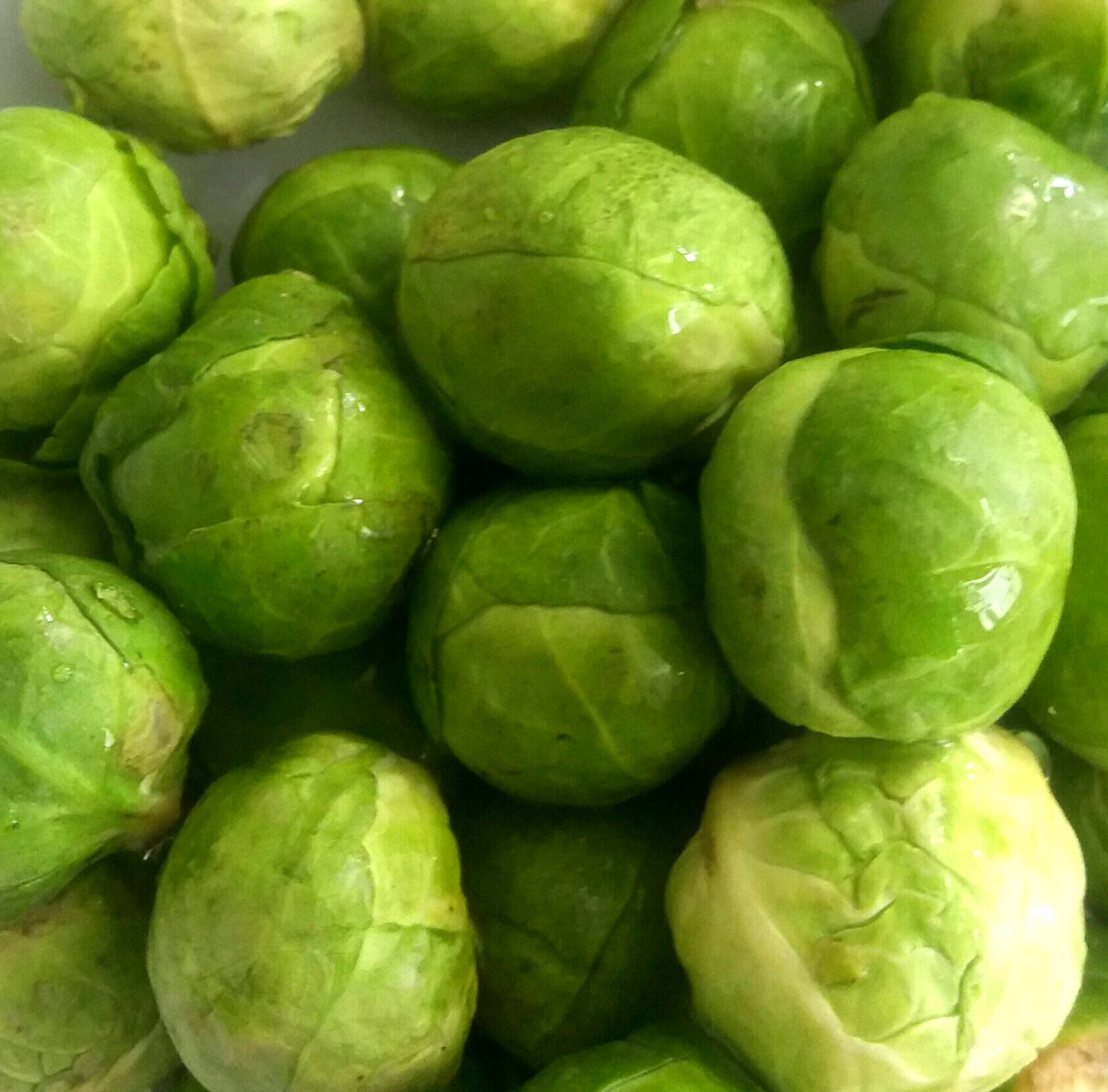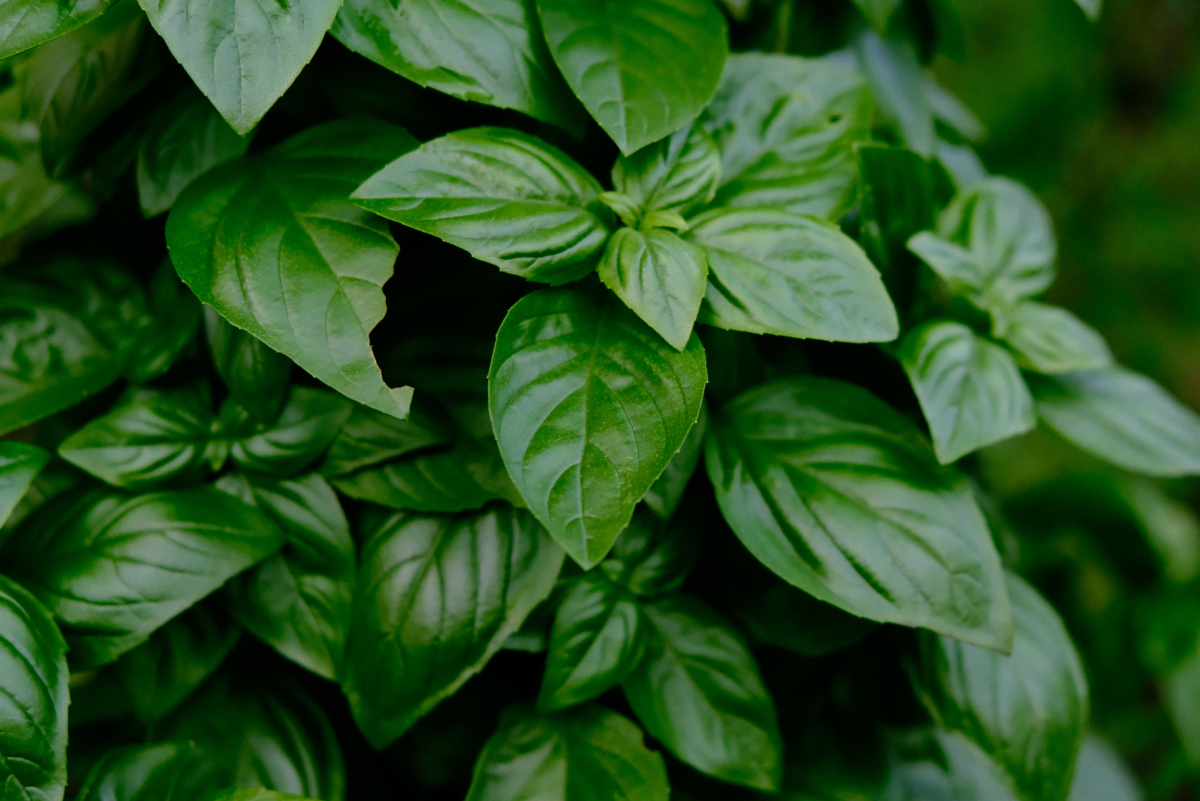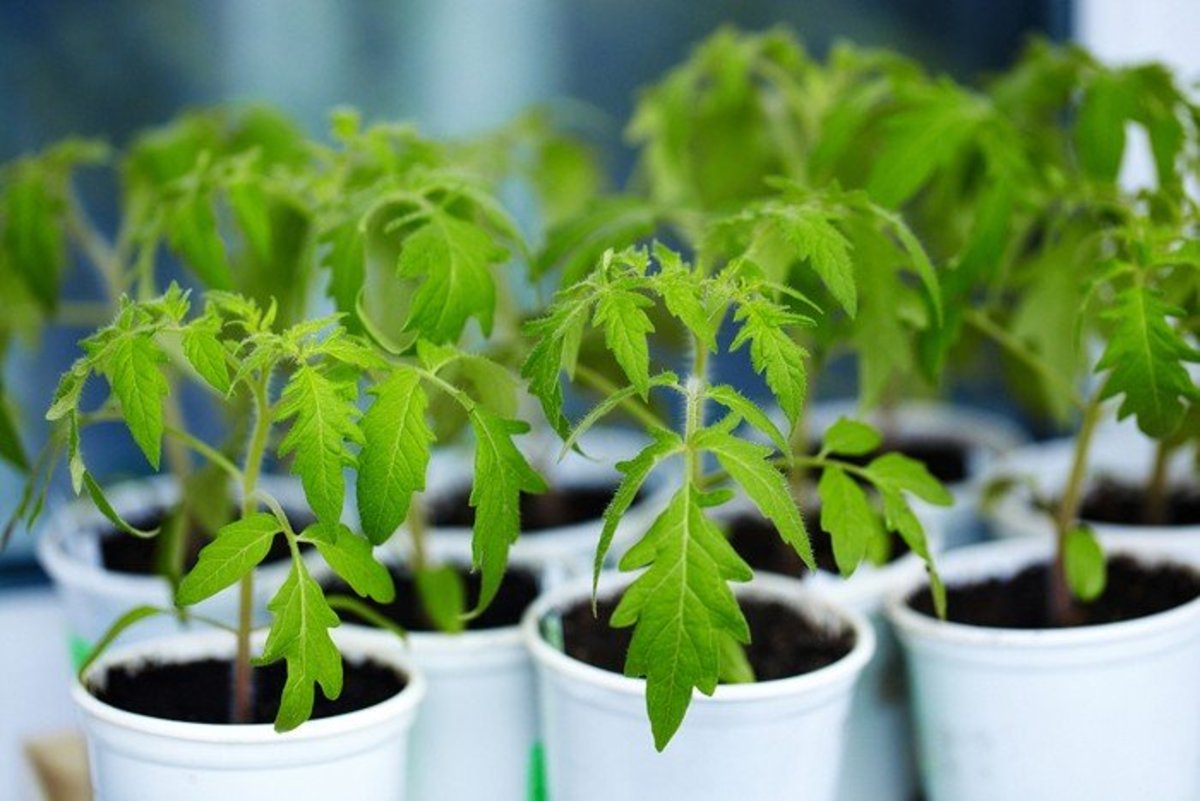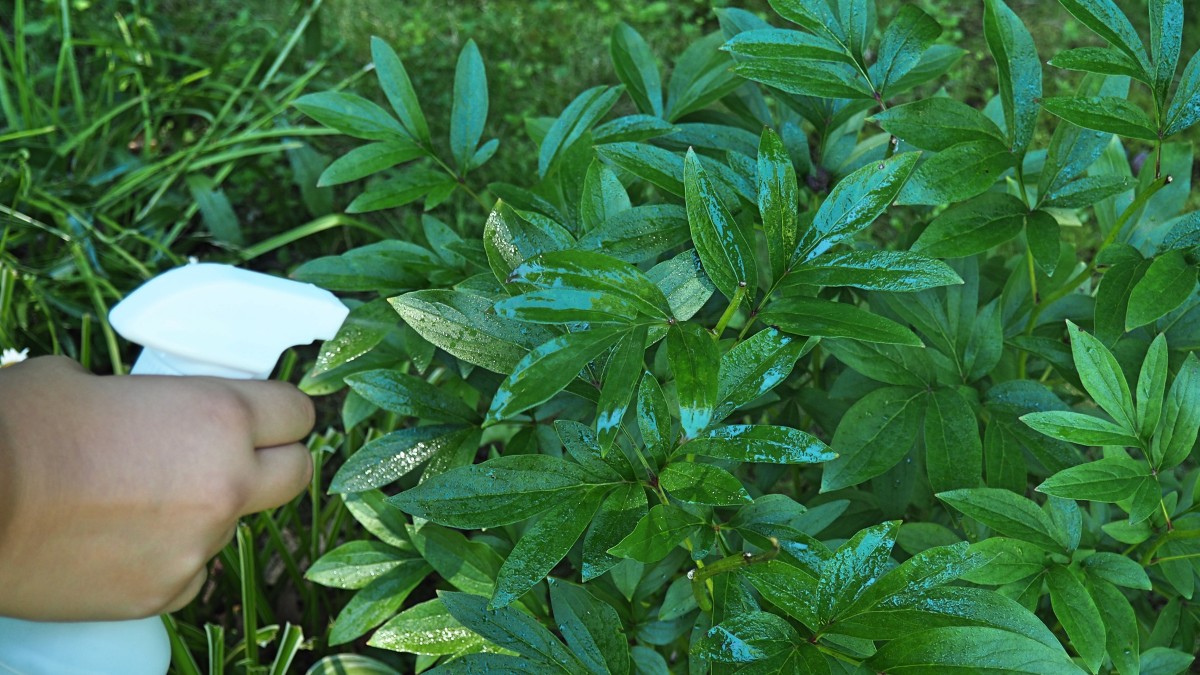How to Grow Organic Cabbage
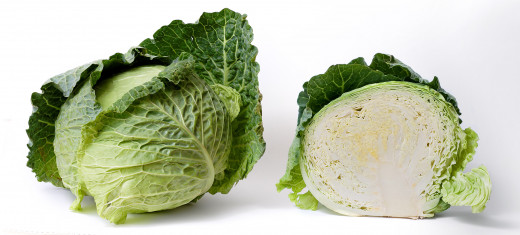
Organic cabbage is an easy and healthful addition to your backyard garden. Cabbage has plenty of calcium, potassium, and vitamins B and E. It is a great source of fiber. Growing it yourself allows you to have almost no time between harvest and plate, which makes it a great source for cancer-fighting phytonutrients and antioxidants. Cabbage and the members of its botanical family such as kale, broccoli and cauliflower are great cool weather and colder climate plants. If you are interested in also planting the similarly healthful kale, be sure to keep them separate to avoid spreading pests.
When to Plant Cabbage
Cabbage is easy to grow directly from seed, so while transplant seedlings are available at your local nursery, it is rarely necessary. You can plan to plant seeds about a month before the last expected frost. To get a steady supply of cabbage in your garden, stagger your plantings every two weeks.
If you live in an area with hot summers, you can have an early spring harvest then hold off during the hottest times. Plant seeds about three months before your expected first fall frost to get a late-fall / early winter harvest. Cabbages, much like kale, taste even better after a light frost.
Where to Plant Cabbage
Cabbage prefers a lot of sun, but not quite “full sun.” In warmer areas, make sure you use plenty of organic mulch to retain moisture in the soil. You should use plenty of organic compost (preferably from your own compost heap, which you should definitely have if you intend to commit to organic gardening for the long term) to create a nicely draining and nutrient-rich soil.
Raised beds are preferred, but traditional garden plots and containers can be used as well. Containers must be relatively deep – about a foot. Cabbage-family plants have very deep taproots. The roots need space to spread out and collect all those great nutrients out of the soil to be ready for your plate.
Preparing Soil for Cabbage
Cabbage prefers a slightly acidic soil, with a pH in the 6.0 to 6.5 range. Be sure to mix in lots of organic compost before planting, since cabbage gobbles up a lot of soil nutrients. It is beneficial if you are planning ahead to mix in compost in autumn so it is very well rotted by the time spring rolls around. Adding organic matter to sandy or clay soils both act to make sure the soil retains enough moisture but doesn't become a soggy mess.
Cabbage Seeds and Germination
Cabbage seeds will sprout in soil that's as cold as the low 50s F, but will take a couple weeks. Much preferable is a temperature in the high 70s – low 80s, which will make the seeds spring (get it?) forth in as little as three to four days.
Purchased cabbage seeds can last four or five years if you store them correctly – sealed in a dry, cool spot.
Starting Indoors and Transplanting
Since cabbage is so cold-hardy, starting seeds indoors is more for your benefit as a gardener to avoid early spring nip in the air than for the plant. If you choose to start indoors, you can start seeds as early as two to 2 ½ months before expected last spring frost.
Your seedlings can be transplanted outside after hardening off the seedlings for a few days, then planting in their final locations once high temperatures for the day are in the 50s F consistently. Always remember to water transplanted seedlings well so they can get established.
You can also grow cabbage indoors just like kale if you have grow lights and deep containers.
Planting Cabbage Directly in your Garden
Some varieties can grow fairly large, so be sure to give them enough space and plan to thin to about a foot to 18 inches. Plant seeds about ½ inch deep and be prepared to give them plenty of organic mulch once they sprout true leaves to keep soil cool and moist.
Watering Cabbage
Keep your cabbage's soil moist but not soggy. If you ensure the soil is well-amended before planting, you can hold off on feeding for a few weeks. But make sure you add a monthly compost tea or fish emulsion. You can cut back on watering as your plants become mature. Overwatering near harvest time will make for soggy, wilted cabbage.
Companion Plants / Rotation for Cabbage
Cabbage grows well with nearby plants such as herbs, celery, beets, onion and spinach. Don't plant near dill, strawberries, pole beans or tomatoes. Do not plant cabbage and its relatives kale, broccoli and collard greens in the same space of your garden in consecutive years. Not only do they suck up the same nutrients, but diseases and pests can overwinter and ravage the crop the following year.
Cabbage Pests and Problems
The cabbage family is the preferred target of the cabbage worm, which is the larva of the cabbage white butterfly. The best way to avoid these pests is to grow your cabbage plants under a floating row cover and heavily mulching the surrounding soil with organic mulch. Otherwise, you can hand pick the pests from the leaves as soon as you see them. These little buggers can eat through a cabbage plant far faster than you can in a salad.
A fungus called black leg will make dark spots on the cabbage leaves and stems. Also, cabbage heads can split if moisture levels in your soil vary too much between dry and soggy.
When to Harvest Cabbage
Once the cabbage head is firm and about the size of a softball, you can use a sharp knife to cut them. Harvesting cabbage heads relatively early will provide better tasting cabbage and provide the opportunity for the plant to grow a second head for you later.
If you see that a head as split, you have to move fast to harvest them and use them for a shredded cabbage recipe such as sauerkraut or they will rot in-place.
Cabbage plots will yield about a pound of cabbage per row-foot.
Storing Harvested Cabbage
Part of the point of growing your own cabbage is to harvest them as you need them. This provides the absolute best taste possible and the most nutrients. However, if you need to store excess, you can keep heads in the fridge for two to three weeks, and carefully cleaned heads that are pulled with some of the roots (not cut) can be stored in a root cellar type environment through the whole winter. Remember though that bruised heads will have a shortened storage life and split heads must be used immediately.
Eating / Cabbage Recipes
Coleslaw and sauerkraut are the primary uses for cabbage, but chopped cabbage can be a great addition to stir fry recipes.


